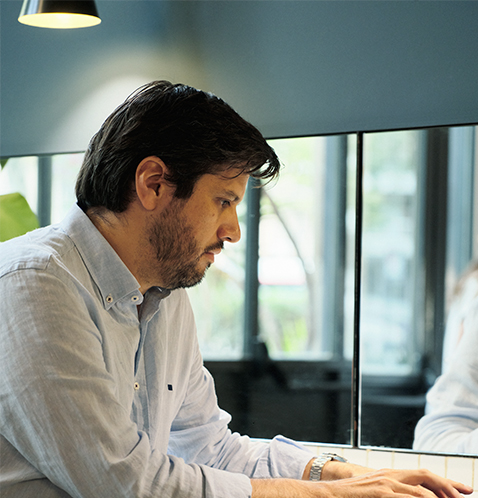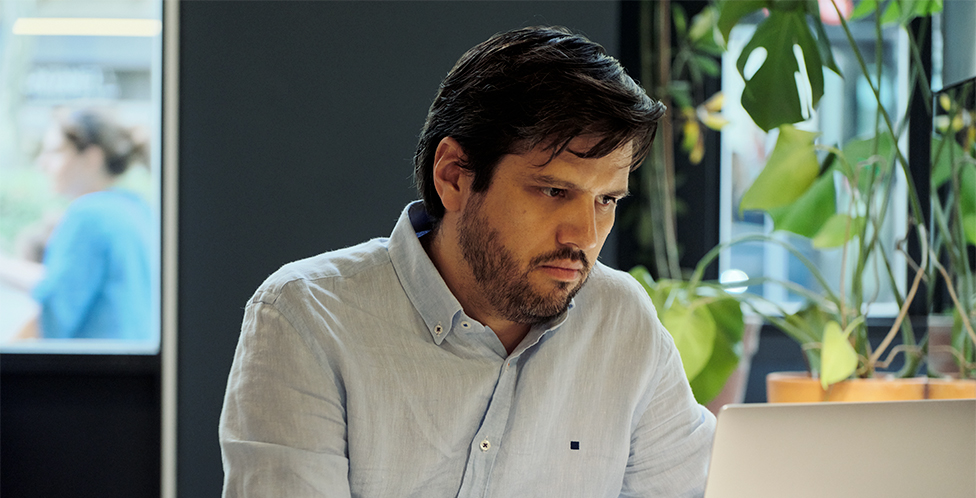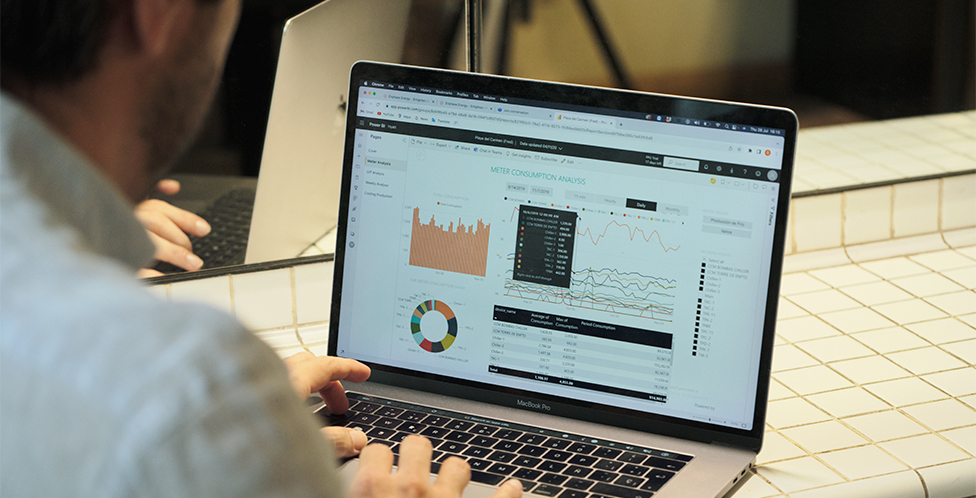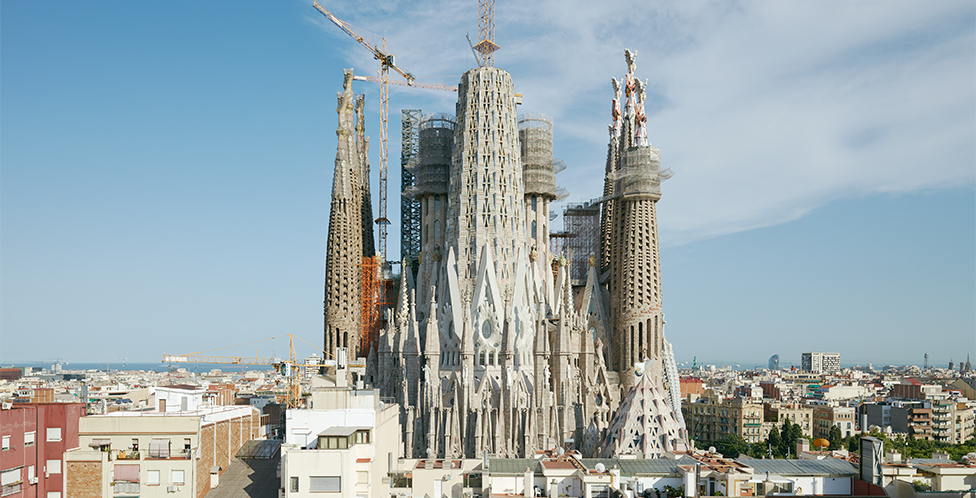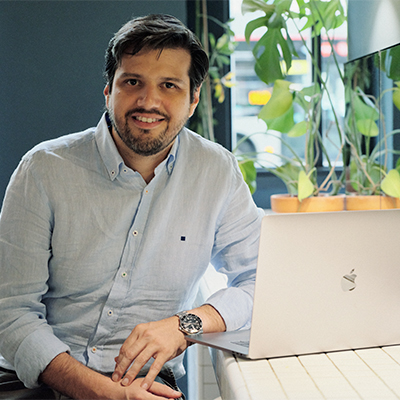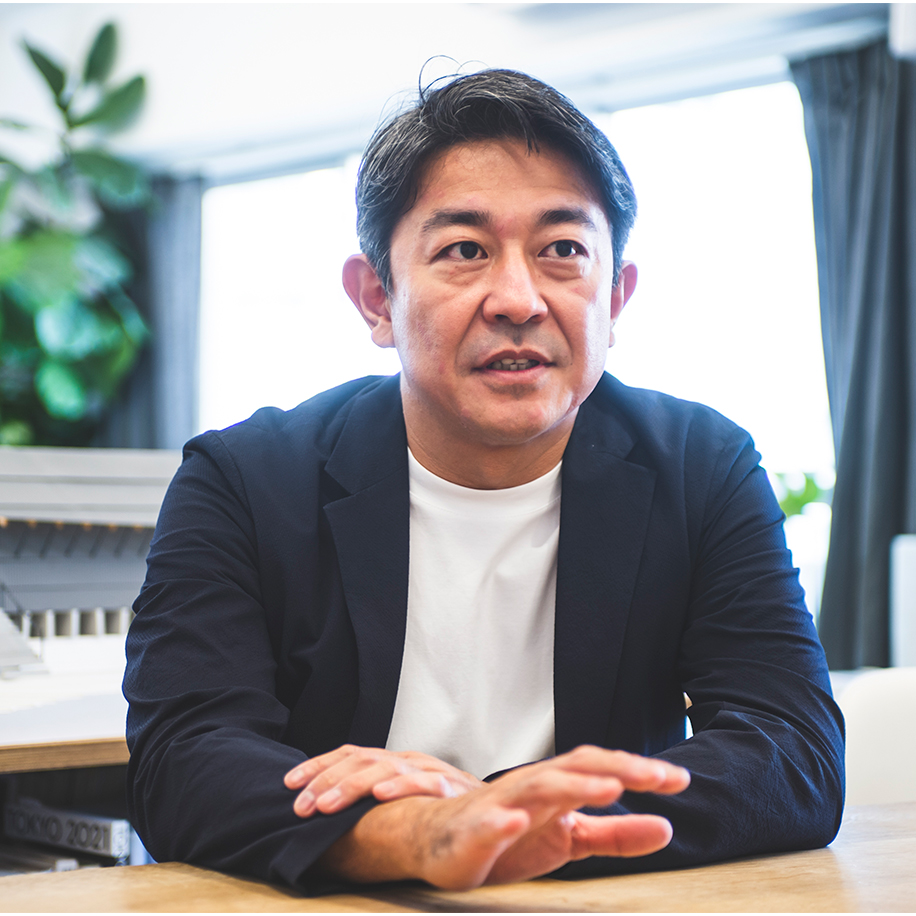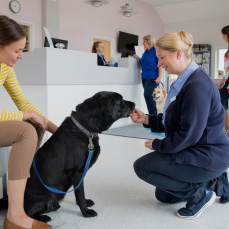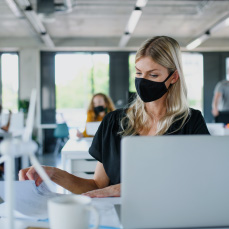Clean air solutions
integral to tomorrow’s
commercial buildings

The pandemic has pushed the hospitality sector into
taking clean air more seriously for the safety of both
customers and staff.
Text by David Blecken
Photography by Gregori Civera
Most of us recognize the need to reduce carbon emissions, but it may be difficult to understand how to do it in a meaningful way that does not negatively impact quality of life. As director of operations at Quimera Energy Efficiency, Jose Luis Cárdenas Dueñas's mission is to contribute to a cleaner world – a personal ambition that turned into a professional one.
Quimera helps companies that operate commercial buildings reduce both energy expenditure and carbon footprints. More than just a consultancy offering theoretical advice, Quimera operates a performance-based payment model whereby its fees are directly linked to the energy and cost savings it is able to help a business achieve.
"If our proposal doesn't work, we don't get paid," Dueñas says matter-of-factly.
Based in London, Quimera works across five markets that also include Barcelona, Miami, Dubai, and Shanghai. Its engineers monitor and analyze a building’s energy consumption to determine how best to control its power usage. Solutions may include cooling plant optimization, occupancy-based ventilation control, and AI-controlled demand-based lighting. There is no single formula for success, but the right setup can easily reduce energy consumption by between 15% and 20%, with results typically noticeable three to five months after implementation.
Speaking from Barcelona, Dueñas discusses how the pandemic has changed the level of awareness of the importance of air quality among building operators and the public, and how commercial premises are in the future likely to incorporate purification technology into their designs.
Balancing energy use with comfort
What are the biggest challenges that hotels and other commercial buildings face in terms of energy efficiency?
Buildings account for 40% of our carbon emissions, and hotels are the most intensive in terms of consumption: they are “on” 24 hours a day, 365 days a year. If we can deliver energy reduction to those buildings, we can make a substantial contribution to sustainability efforts as a whole.
Can you give an example of a solution that you have devised?
There are no magic tricks. One thing I've learnt is that every situation, every building, has different characteristics and parameters to control and improve. The heaviest consumer of energy is the air conditioning system. Of course, people need to be comfortable. We have to find the correct balance between energy expenditure and the result we're looking for in terms of comfort. To do this, you have to monitor and control the various systems; otherwise, you have no hope of finding a balance between efficiency and delivery.
Have you seen any notable changes in terms of client requests since the pandemic began?
Our main focus at Quimera is helping businesses reduce their energy expenditure and carbon footprint. However, since the pandemic began, we have increasingly been asked to use our IoT devices to monitor air quality. Monitoring air quality is crucial to ensure that what we're breathing inside a building is clear. It's especially important when you’re hosting a large convention or have a high occupancy. Again, we have to find a balance and make a sound judgement on how to configure the different systems.
Pandemic drives need for clean air
Has the pandemic made people more aware of the importance of air quality?
Definitely. Pre-pandemic, there were legal frameworks to make sure that indoor air quality complied with regulations – it was something mandatory. But living through the pandemic and seeing how disease can spread through the air, people have become a lot more concerned. This has meant more use of air purifiers and UV systems to clean the air and generally improve its quality. European markets have typically been among the leaders in recognizing the importance of ventilation and air quality, but we are now seeing other regions catch up. A combination of awareness and technology is driving things forward.
What are some typical requests that you receive from customers in terms of air quality?
Apart from wanting proper ventilation and healthy air, businesses want to find a way to provide this air quality not just to the public-facing areas, but to the back offices as well. With the pandemic, there has been a surge in air purification systems, especially in restaurants and at conferences. Studies suggest that they may be effective against viruses, although we don't have a means to measure the level of a virus in a space. It's accurate to say that these devices are helping to improve air quality. As with air conditioning, customers want to achieve this in the most efficient way possible.
Empowerment through technology
What is your view of nanoe™ X in this context?
From what I've seen, it offers high performance and energy efficiency, which makes it a useful technology in today's world.
The pandemic has meant widespread staff shortages for the hospitality industry. How do you see high-performance, efficient technology such as nanoe™ X helping businesses address this issue?
Technology like this helps make life easier. When you don't have enough people, you need reliable technology in place to fill the gap in services. When you have a technology that you can count on, it becomes possible to allocate your limited resources to other front lines. Businesses remain under a lot of pressure due to the pandemic, so the advent of technology such as nanoe™ X that helps them provide the proper comfort levels at relatively low running costs can make a big difference.
Do you see buildings using air purification technology more widely in the near future as part of their efforts to optimize operations?
It's quite likely. The use of good ventilation has already increased a lot. In terms of a technology like nanoe™ X, like everything else it's a case of finding the right balance. If it’s an existing building, you need to first check whether the technology is compatible with the current infrastructure and also whether the investment makes financial sense. But if it’s a new building, it makes a lot of sense to incorporate this kind of technology right from the start.
Profile
Jose Luis Cárdenas Dueñas
Director of Operations at Quimera Energy Efficiency
With a Master’s Degree in Energy Engineering and an MBA under his belt, Dueñas has more than 10 years of experience in the energy efficiency sector, helping companies that operate luxury hotels and office buildings reduce both energy consumption and carbon footprints. Quimera’s operations now cover Europe, the Middle East, China, Latin America and the Caribbean (LATAC) and Japan.
Click here to contact us about products with nanoe™ X technology
